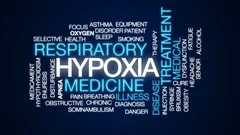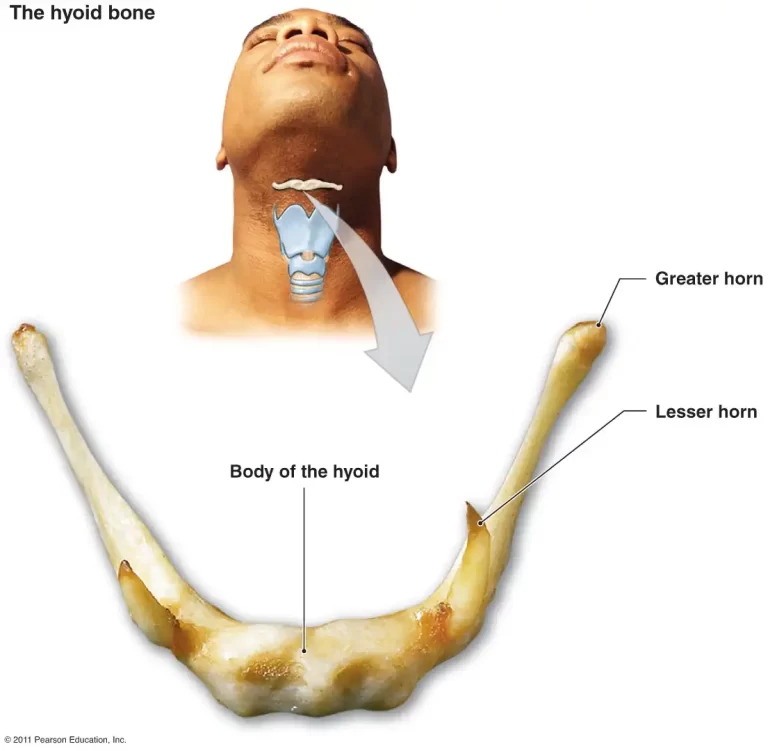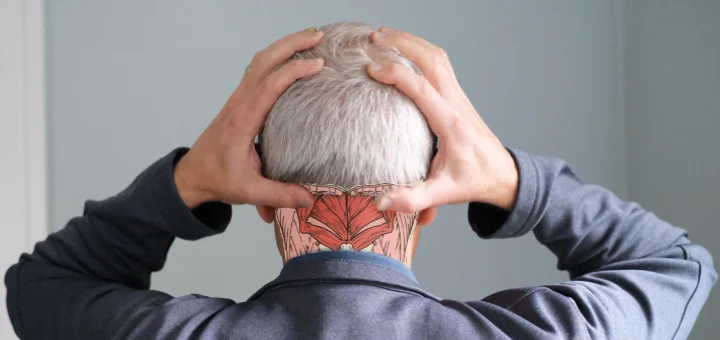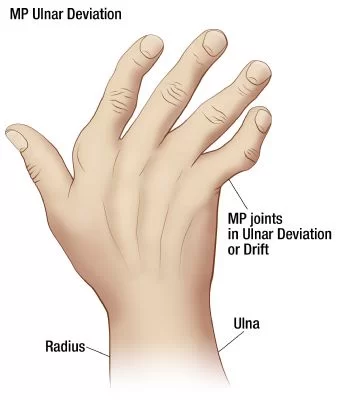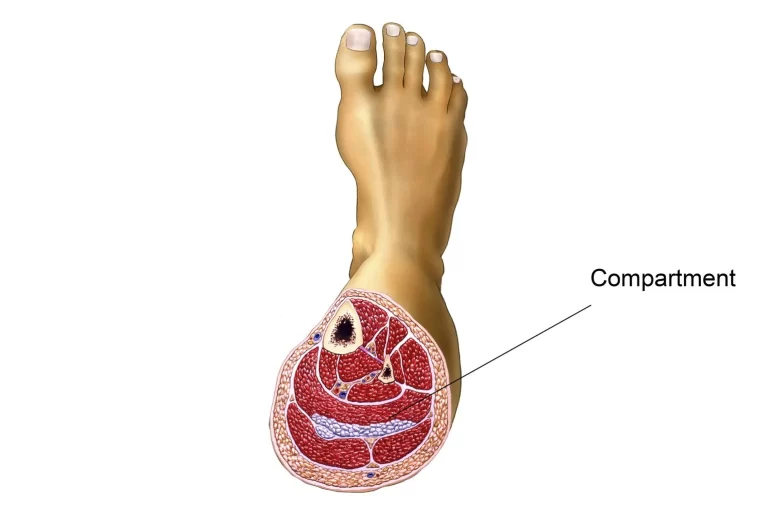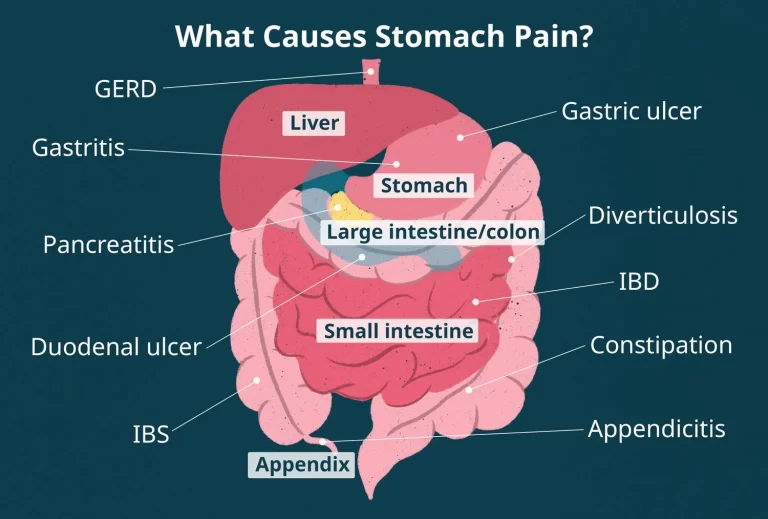Cerebral Hypoxia
What is Cerebral Hypoxia?
Cerebral hypoxia is a neurological disease that occurs when the brain doesn’t get sufficient oxygen, even though there is adequate blood flow. It is a medical crisis that can occur on many occasions where oxygen to the brain may be cut off, like from choking, drowning, cardiac arrest, suffocation, or head injury. Cerebral hypoxia can destroy brain cells and lead to brain injury and death.
Types of Cerebral Hypoxia
Doctors categorize hypoxia of the brain into four distinct types, ranging from minor to most extreme:
Diffuse cerebral hypoxia induces mild to moderate impairment in the brain role due to low blood oxygen levels. This type of hypoxia is familiar among patients who carry their breaths for too extended, or who participate in sports that affect choking one’s competition, like jiu-jitsu.
Focal cerebral ischemia happens when there is oxygen lack in a typical site of the brain. This is generally the outcome of a stroke, a hemorrhage, or a blockage in a single blood vessel.
Global cerebral ischemia is a full extinction of blood flow to the brain, and fast conducts to cerebral anoxia. Extreme strokes, and traumatic injuries like choking, gunshot wounds, and suffocation can generate global cerebral ischemia.
Cerebral infarction is a cessation of blood flow to numerous regions of the brain and frequently generates vast brain damage. A stroke is the most familiar reason.
Causes of Cerebral Hypoxia
In cerebral hypoxia, occasionally solely the oxygen supply is interrupted. This can be generated by:
- Breathing in smoke (smoke inhalation), like during a fire
- Carbon monoxide poisoning
- Choking
- Conditions that control motion (paralysis) of the breathing muscles, like amyotrophic lateral sclerosis (ALS)
- High altitudes
- Pressure on (compression) the windpipe (trachea)
- Strangulation
In further issues, both oxygen and nutrient supply are eliminated, induced by:
- Cardiac arrest (when the heart quits pumping)
- Cardiac arrhythmia (heart rhythm issues)
- Difficulties of general anesthesia
- Drowning
- Medicine overdose
- Injuries to a newborn that happened before, during, or shortly after birth, like cerebral palsy
- Stroke
- Extremely low blood pressure
Symptoms of Cerebral Hypoxia
Symptoms of mild cerebral hypoxia contain:
- A transition in attention (inattentiveness)
- Poor judgment
- Uncoordinated motion
Symptoms of extreme cerebral hypoxia contain:
- Full unawareness and unresponsiveness (coma)
- No breathing
- No reaction of the pupils of the eye to light
What are the long-term outcomes of cerebral hypoxia?
A patient who recovers from cerebral hypoxia may have lifelong issues, like:
- Cognitive impairment or memory loss.
- Personality modifications.
- Imperfect judgment or incapability to focus.
- Difficulties with balance, coordination, or walking.
- Spasticity (whole-body muscle contractions) or muscle spasms.
- Speech and swallowing problems (dysphagia).
- Vision issues.
Diagnosis
Cerebral hypoxia can generally be analyzed based on the patient’s medical record and a physical examination. Tests are done to specify the reason for the hypoxia, and may contain:
Angiogram of the brain
Blood tests, involving arterial blood gases and blood chemical levels
CT scan of the head
Echocardiogram, which utilizes ultrasound to view the heart
Electrocardiogram (ECG), is a measure of the heart’s electrical activity
Electroencephalogram (EEG), is an examination of brain waves that can recognize seizures and demonstrate how well brain cells function
Evoked potentials, an examination that decides whether specific sensations, like vision and touch, get the brain
Magnetic resonance imaging (MRI) of the head
If just blood pressure and heart function stay, the brain may be fully dead.
Treatment of Cerebral Hypoxia
Cerebral hypoxia is an emergency state that requires it to be managed right away. The shortly the oxygen supply is fixed to the brain, the lower the risk for extreme brain harm and death.
Treatment relies on the reason for the hypoxia. Primary life asset is the most significant. Treatment includes:
Breathing help (mechanical ventilation) and oxygen
Regulating the heart rate and rhythm
Fluids, blood products, or drugs to increase blood pressure if it is low
Drugs or general anesthetics to manage seizures
Occasionally a patient with cerebral hypoxia is chilled to delay the action of the brain cells and reduce their requirement for oxygen. Nevertheless, the use of this therapy has not been firmly specified.
Physiotherapy treatment
Doing activity regularly assists oxygen to get per body organ and function correctly. If you do aerobic exercise, like walking, bicycling, or swimming, it assists you to live more beneficial and longer. Aerobic exercises include arms, legs, and hip muscles. Thus, the body reacts fast and raises the breathing
Attempt the three activities below to find one that is most beneficial for each of you.
Diaphragmatic Breathing
Think it or not, there is a right course to breathe, but most patients don’t practice it. A person with restricted lung capacity frequently falls into the pattern of assuming short, superficial breaths into their chest. If a patient’s chest increases as they assume a breath, it is a probable indicator of inappropriate breathing. A correct breath will draw air into the lungs, causing the diaphragm down and visibly growing the belly. This is why diaphragmatic breathing is also known as belly breathing. Obey these actions to confront in deep, diaphragmatic breathing:
Sit up erect, with one hand on the stomach and the further on the chest.
Inhale gradually and deeply via the nostrils, touching the stomach expand with each complete, diaphragmatic breath.
Exhale gradually out of the mouth.
Reprise six or more times per minute for up to 15 minutes.
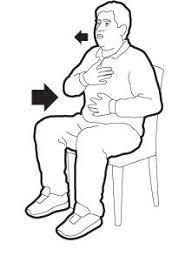
4-7-8 Breathing
The famous 4-7-8 breathing technique has been touted as one of the most useful (and speedy) forms to fall asleep. Anecdotal proof indicates that a patient can drift off in less than a minute using this method. The component of the 4-7-8 methods victory lies in its capability to reduce tension and facilitate relaxation. Practicing the subsequent concentrating breathing activity twice a day will assist relieve stress and anxiety, which may provide ease from insomnia, mood swings, and food cravings.
Breathe out completely via the mouth, making a wind-like whoosh noise.
Maintaining the mouth closed, inhale via the nose and silently count to four.
Maintain this breath while calculating to seven.
Exhale via the mouth for a count of eight, recounting the whooshing sound.
Recurrence steps two via four-five times.
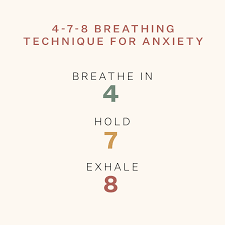
Buteyko Nose Breathing
Buteyko breathing was developed by Ukrainian scientist Konstantin Pavlovich Buteyko in the 1950s to curb asthma episodes and treat different respiratory issues. At that time, the medical residents resisted a breathing method that could reduce biological symptoms without the asset of drugs and further traditional interventions. Since then, patients around the world have assumed Buteyko breathing especially because it is natural and very useful.
Thousands have noted ease from asthma, sleep apnea, and hypertension by integrating this proven approach, which counterbalances the body’s oxygen and carbon dioxide levels, into their daily habits. As a reminder, it is finest to have senior persons originally complete this activity under surveillance to avoid inappropriate methods that can result in hyperventilation.
In a calm, relaxing place, sit up erect and concentrate on breathing.
Maintaining the mouth closed, inhale gradually via the nostrils to reload the lungs.
Exhale via the nostrils, gradually discharging air from the lungs, until you feel forced to inhale.
Replication steps two – three or five times.
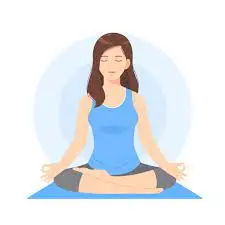
Practice Breathing Exercises Daily
When persons start using everyday breathing practices and see positive outcomes, they frequently stick with the schedule. Missing a day or two is sufficient unless it involves a patient’s complete habit and induces them to fall back into old, superficial breathing practices. Tracking improvement with a diary can assist you to attach to your habit, recognize progress and note any important modifications in your health.
Possible Complications
Difficulties of cerebral hypoxia contain a lengthy vegetative state. This indicates the patient may have basic life roles, like blood pressure, breathing, sleep-wake cycle, and eye-opening, but the patient is not awake and does not react to their surroundings. Such patients generally die within a year, although some may stay longer.
The length of survival relies somewhat on how much care is carried out to control other issues. Major difficulties may contain:
- Bed sores
- Clots in the veins (deep vein thrombosis)
- Lung infections (pneumonia)
- Malnutrition
How to Prevent Cerebral Hypoxia?
Prevention relies on the exact reason for hypoxia. Unfortunately, hypoxia is generally unpredictable. This creates a situation fairly hard to prevent.
Cardiopulmonary resuscitation (CPR) can be lifesaving, particularly when it is begun right out.
Prognosis
Healing relies on how long the brain has been denied oxygen and how much brain injury has happened, although carbon monoxide poisoning can induce brain injury days to weeks after the occasion. Most patient who creates complete healing has only been shortly unconscious. The longer person is unconscious, the more elevated the possibilities of death or brain death and the lower the probability of meaningful healing. During healing, psychological and neurological abnormalities like personality regression, amnesia, memory loss, hallucinations, and muscle spasms and twitches may seem, continue, and then fix.
FAQ
Can you survive cerebral hypoxia?
Complete healing from extreme anoxic or hypoxic brain damage is infrequent, but many persons with gentle anoxic or hypoxic brain damage are capable of creating complete or partial healing. Similarly, symptoms and outcomes of the injury are dependent on the site(s) of the brain that was involved in the shortage of oxygen.
Is cerebral hypoxia a stroke?
Brain hypoxia is when the brain isn’t obtaining adequate oxygen. This can happen when a person is choking, drowning, suffocating, or in cardiac arrest. Brain damage, stroke, and carbon monoxide poisoning are different possible reasons for brain hypoxia.
What region of the brain dies first without oxygen?
In certain, the temporal lobe (at the temples) is susceptible to oxygen insufficiency which is also where the memory is located. A lack of oxygen from three to nine minutes can outcome in irreversible brain injury
What is the last stage of hypoxia?
Typical assessment results during the late phase of hypoxia contain symptoms like cool, cyanosis, clammy skin, use of additional muscles, hypotension, retractions, and arrhythmias. This is a bluish contusion of the skin, which is generated by a reduced quantity of oxygenated hemoglobin on red blood cells.
Does drinking water increase oxygen in the body?
When you consume lots of water, your lungs stay adequately hydrated, which enhances their capability to oxygenate and remove carbon dioxide. Thus, the oxygen saturation level of your body obtains enhanced. Furthermore, consuming 2-3 liters of water may enhance your blood’s oxygen saturation level by up to 5 %.

